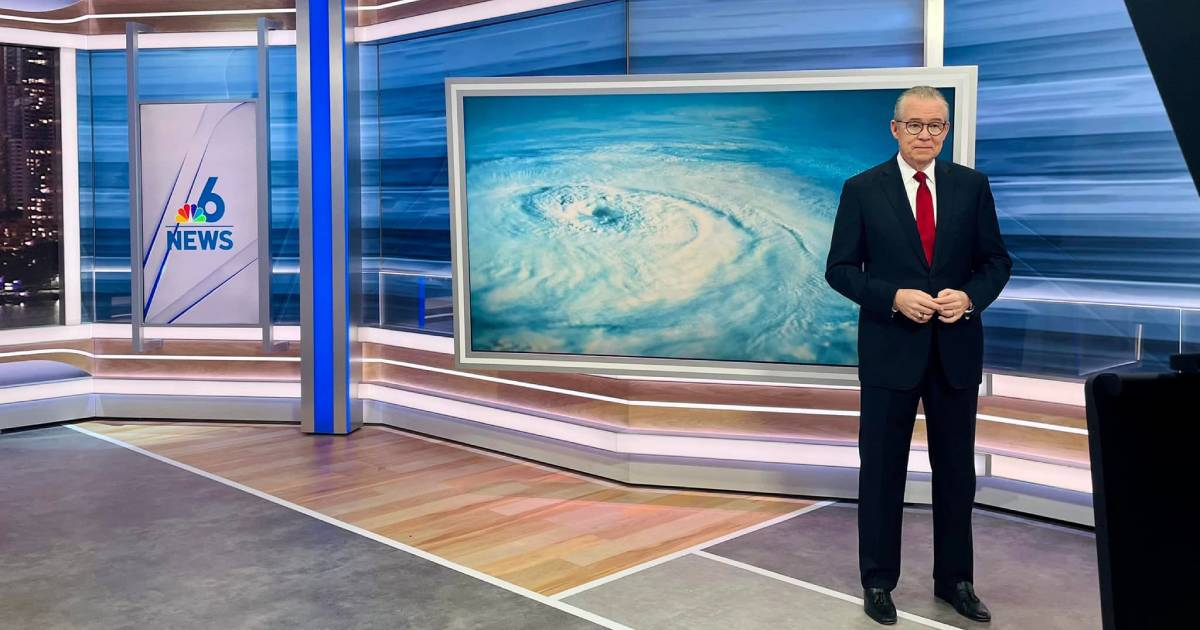Renowned meteorologist John Morales, a respected figure among thousands of viewers in South Florida, has issued a stark warning that has sparked concern among residents in vulnerable areas. Morales cautioned that the ability to accurately predict hurricanes is at risk due to severe budget cuts in key U.S. government agencies.
During a live broadcast on NBC 6, Morales highlighted the critical operational limitations facing the National Weather Service (NWS) and the National Oceanic and Atmospheric Administration (NOAA), which could jeopardize early warnings during the hurricane season. "This year, forecasts might not be reliable. We're in a very dangerous situation," Morales stated, visibly worried, as he spoke directly to his audience, many of whom are Latino and Cuban families settled in Florida.
Impact of Budget Cuts on Weather Forecasting
The meteorologist explained that the cuts, driven by the so-called Office of Government Efficiency (DOGE), established under the Trump administration, have left regional offices operating with a staffing deficit of 20 to 40%. Additionally, there has been a 20% reduction in the launch of weather balloons, which are crucial for gathering atmospheric data to predict cyclone development.
Even more concerning, according to Morales, is the potential inability of NOAA's hurricane hunter aircraft to operate this year. Without these flights, meteorologists lose a vital tool for accurately measuring the intensity, trajectory, and speed of these increasingly powerful storms affecting the Caribbean and the southeastern U.S. coast.
Scientific Community's Response
In further comments to The Guardian, Morales reiterated his stance. "Science is science," he stated firmly, adding that he is not afraid of political repercussions for criticizing the cuts. "The message was clear for the viewers."
The NOAA forecasts suggest that the 2025 hurricane season, which officially began last Sunday, could witness up to five major hurricanes with sustained winds of 111 mph or more. This scenario is particularly alarming for a region densely populated by Cubans and Caribbeans who have experienced the devastation of storms like Andrew or Katrina.
However, the NWS is currently in "degraded operation," having lost 600 employees due to layoffs and early retirements. Although it received special permission this week to hire 100 new technicians, meteorologists, and radar specialists, the government's hiring freeze continues to severely limit its response capacity.
A Call to Action
True to his ethical and committed style, Morales urged the audience to take action. "What you need to do is call your representatives and ensure these cuts are stopped," he said during his segment on Monday.
His message has quickly gone viral among Latino communities and climate experts, who agree that the U.S. is unprepared to handle extreme events without a robust and well-funded alert system. The cuts are part of President Trump's efforts to shrink the federal government, but their impact on scientific institutions has drawn criticism from experts, especially considering that climate change is intensifying the frequency and strength of hurricanes. Trump, for his part, has repeatedly dismissed climate science as "a big hoax."
Understanding Hurricane Forecasting Challenges
Why are hurricane forecasts at risk this year?
Severe budget cuts in key agencies like the NWS and NOAA have resulted in staffing shortages and reduced data collection capabilities, which could compromise the accuracy of hurricane forecasts.
What specific resources have been affected by the budget cuts?
The budget cuts have led to a staffing deficit of 20 to 40% in regional offices and a 20% reduction in the launch of weather balloons, which are essential for gathering atmospheric data.
How might these cuts impact hurricane response?
The cuts could weaken early warning systems and the ability to accurately measure storm intensity and trajectory, potentially leaving regions unprepared for severe weather events.
